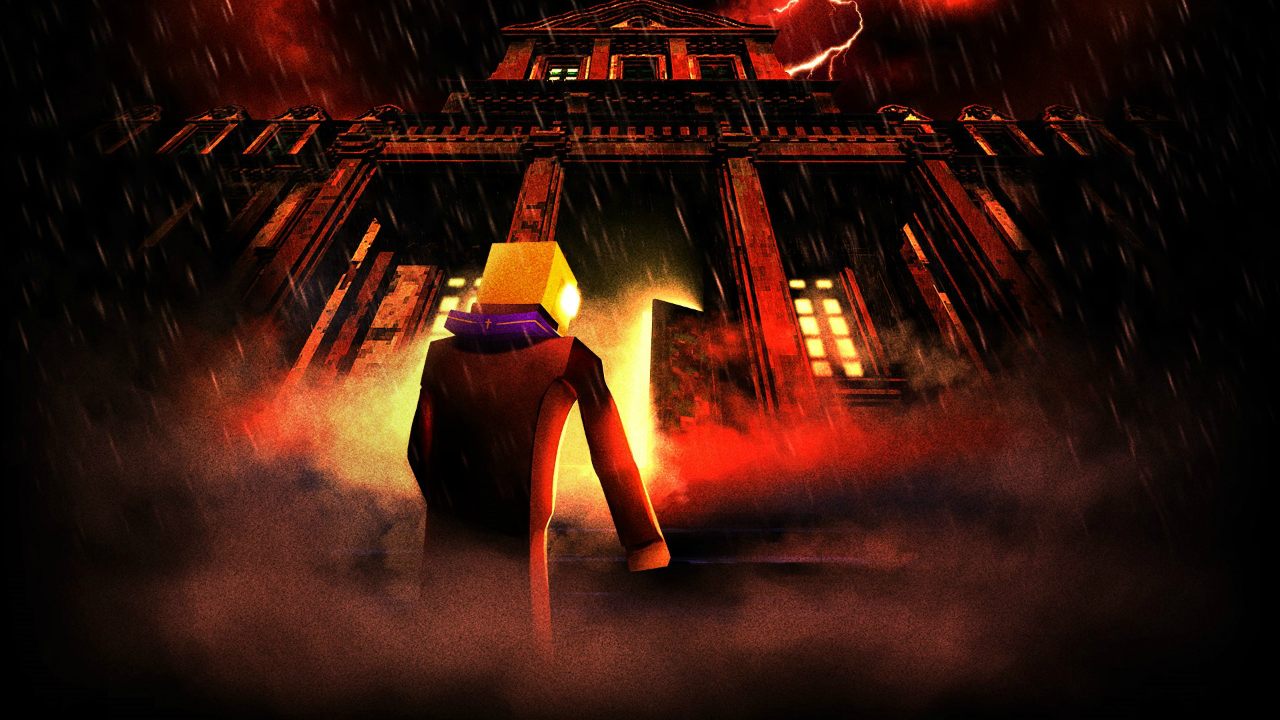The Padre is a peculiar survival horror title. In a lot of ways, it is exactly the type of game the horror genre needs: a creepy, Alone in the Dark-inspired throwback with plenty of charm, wit, and personality. There is a lot of potential for greatness here. However the noticeable sins The Padre commits ultimately prevent it from entering the pearly gates.
Let’s begin this confessional with The Padre’s most divine attribute, the Padre himself. As a gruff, smart-alecky man of the cloth, you are tasked with unraveling the mystery of a missing cardinal. As you kick ass for the Lord and lay a holy smack-down upon your ungodly enemies, expect plenty of devilish one-liners and pop-culture references. You can’t help but crack a smile and let out a giggle as the Padre reminds you not to take things too seriously – because he certainly doesn’t. His cheeky persona is amplified by notable voice-work sounds unavoidably Max Payne-ish in delivery. It’s deliberately silly and acts as an effective juxtaposition to the macabre backdrop. The same can be said for the game’s sound and visual design.

Sharp and somber piano keys strike a sense of caution and uncertainty as you make your way throughout the demon-filled mansion. The score hearkens back to survival horror hits of the late 90’s that used dynamic sound to instill a sense of dread in the player. Whatever apprehension you may feel, even as you navigate down a dimly-lit corridor and a godless shadow entity emerges from a mirror, the whole thing still looks like something out of Minecraft. You would think that voxel-based graphics would be at odds in a survival horror game but here it works miraculously well. The Padre embraces this zany contrast, and gleefully exists its own twisted horror dimension. Speaking of graphics, the environments are simply mesmerizing. Masterful use of color lends to the doom and gloom of it all. If only some of the game’s other systems were as fine-tuned and polished.

The Padre’s core gameplay is two-fold: puzzle solving and combat. Most of your time will be spent navigating from room to room and combing over every inch in search of items. These items can later be combined to create weapons and tools to solve puzzles – Survival Horror 101, essentially. But more often than not you’ll become annoyed by the game’s lighting, or sometimes lack thereof. This can make it difficult to perform basic functions. It is understood that developer Shotgun With Glitters (love that name, btw) wanted to create a ghostly and uninviting setting, but it shouldn’t obstruct the game’s progress. Puzzles that would otherwise be a no-brainer, become an exercise in patience as you fail to spot a switch that you needed to interact with simply due to the environment choice. This is even doubly true for the game’s combat which feels like something of an afterthought.

I recognize the style The Padre is trying to mimic; its inspirations are painfully clear. But an effort should be made to make the vintage combat and controls feel fresh again. Whether you are wailing on enemies with a crowbar, or firing on them with a pistol from afar, combat just doesn’t feel very satisfying. Even the game’s fixed camera angles, another reference to PS1-era survival horror, feel clunky and at times obtrusive. It’s a real shame because there is really something special here and it just falls short of greatness.
The Padre is not without its faults. But what it does manage to get right – referential humor, a likable protagonist, and a setting that is absolutely captivating – it does so with style and ease. With a bit more development time to works out the kinks, The Padre would have surely ascended to must-have survival horror experience. If you are willing to forgive its technical shortcomings, you’ll find an endearing game with a lot of heart.






